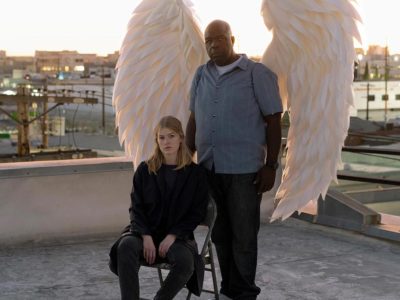June Korea Shows Us His Fantasy Love Relationship with His Sex Doll Eva
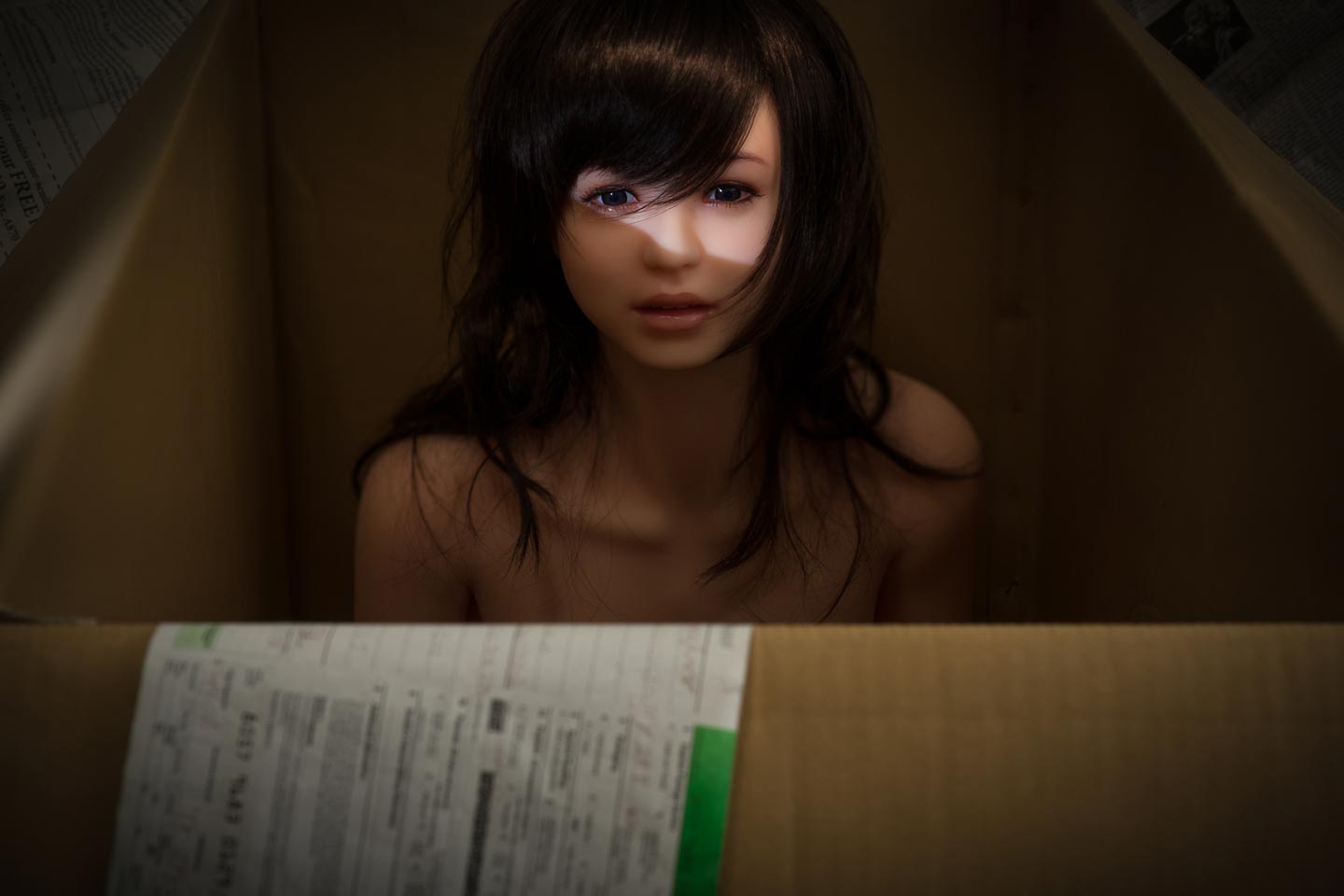
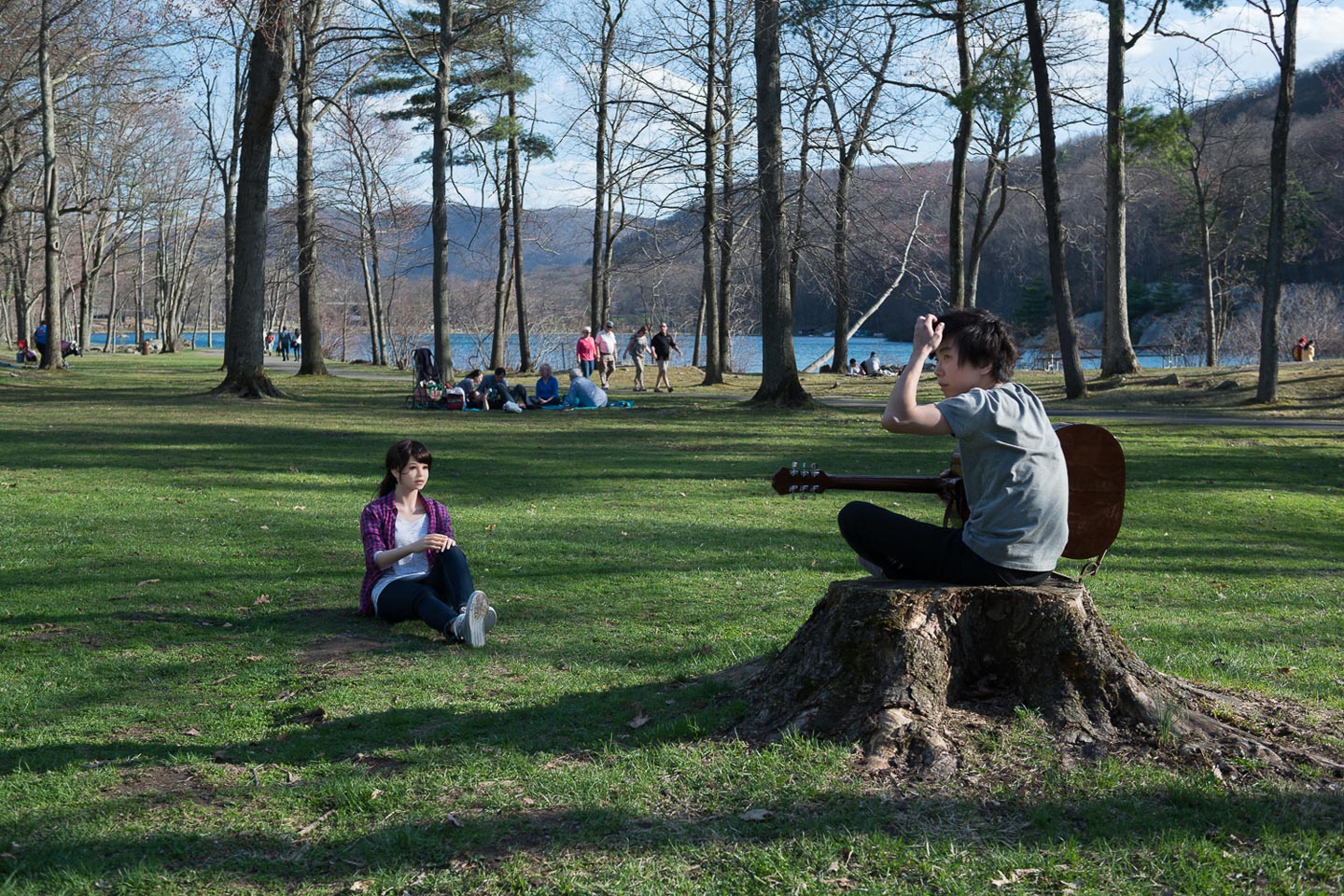
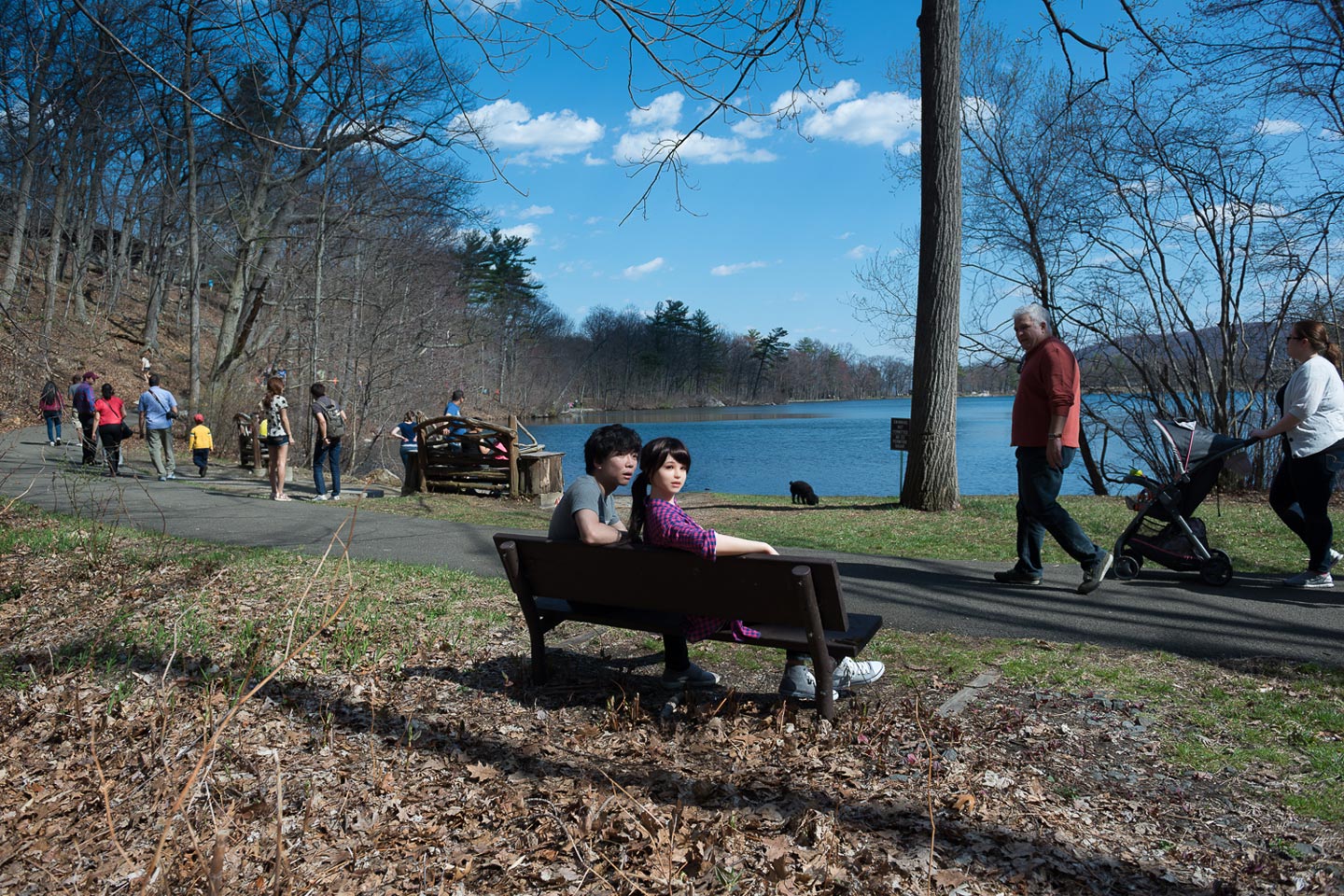
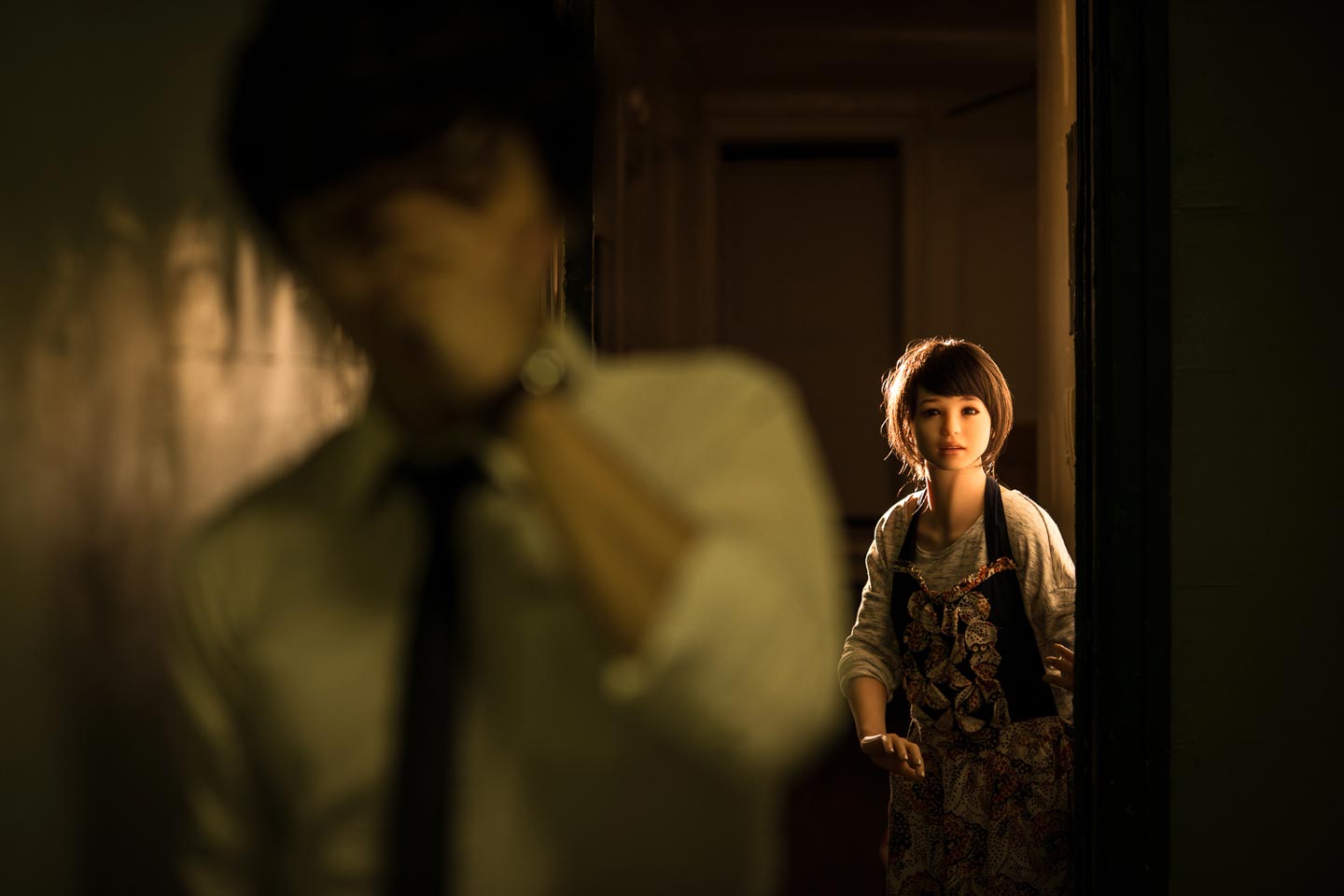
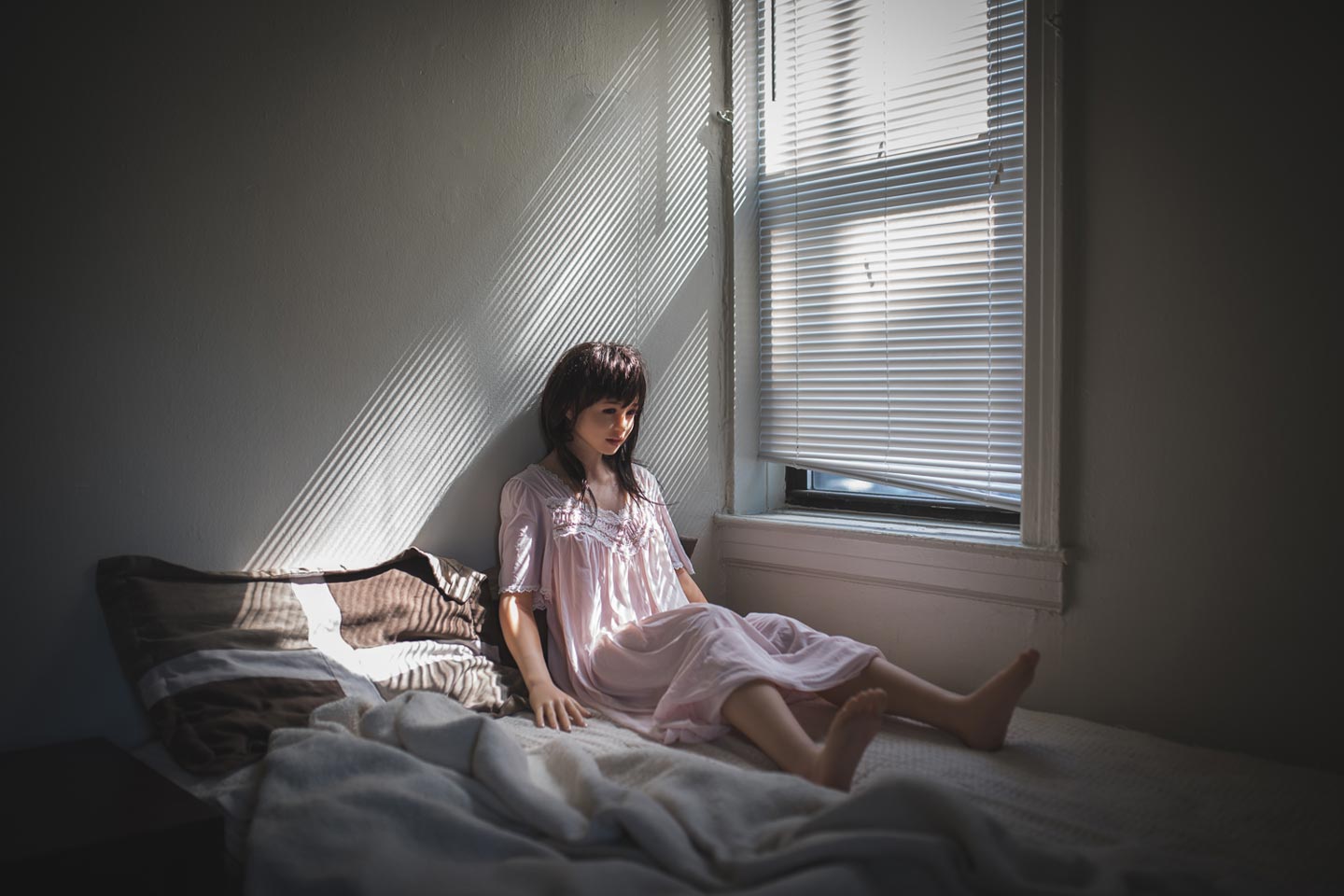
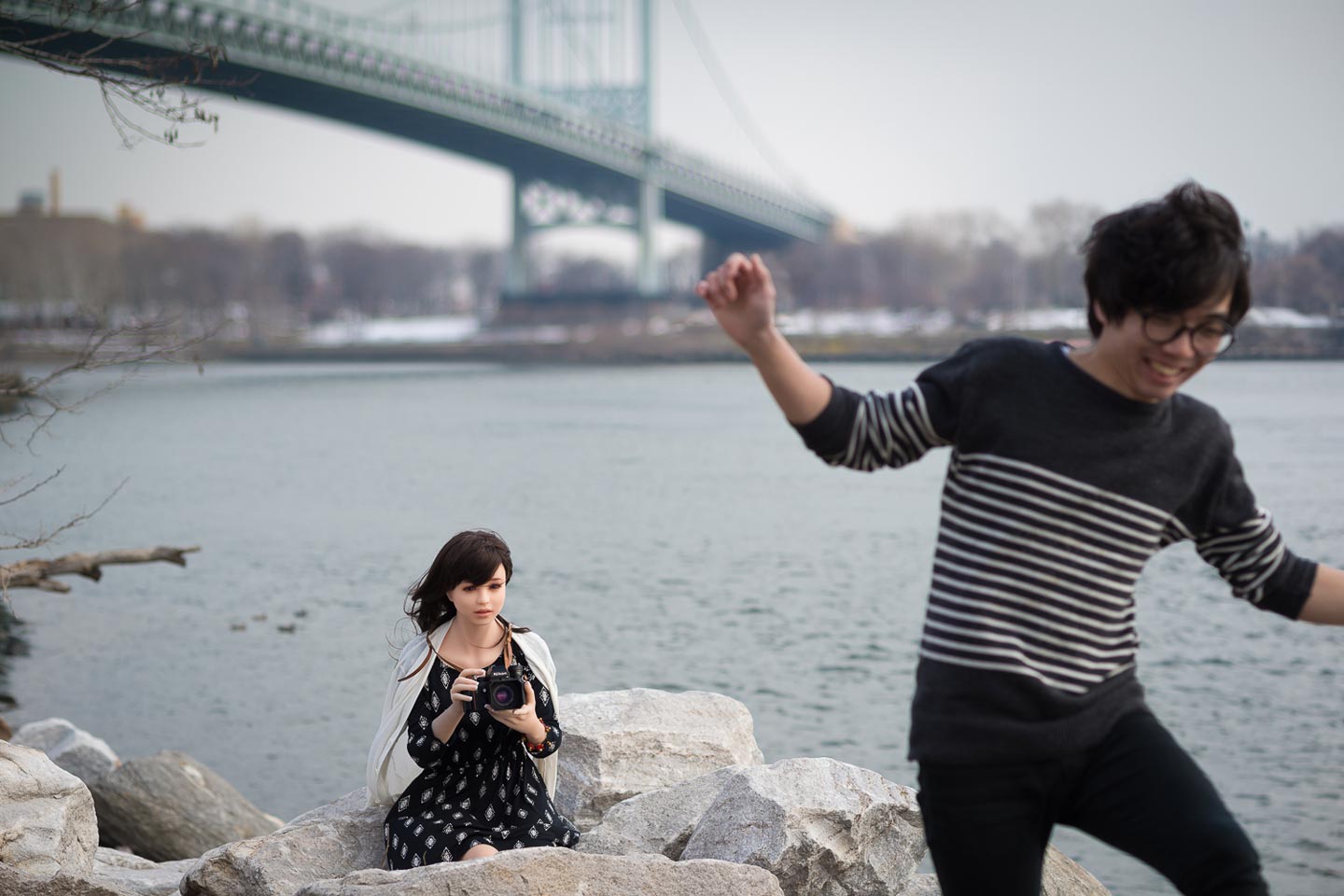
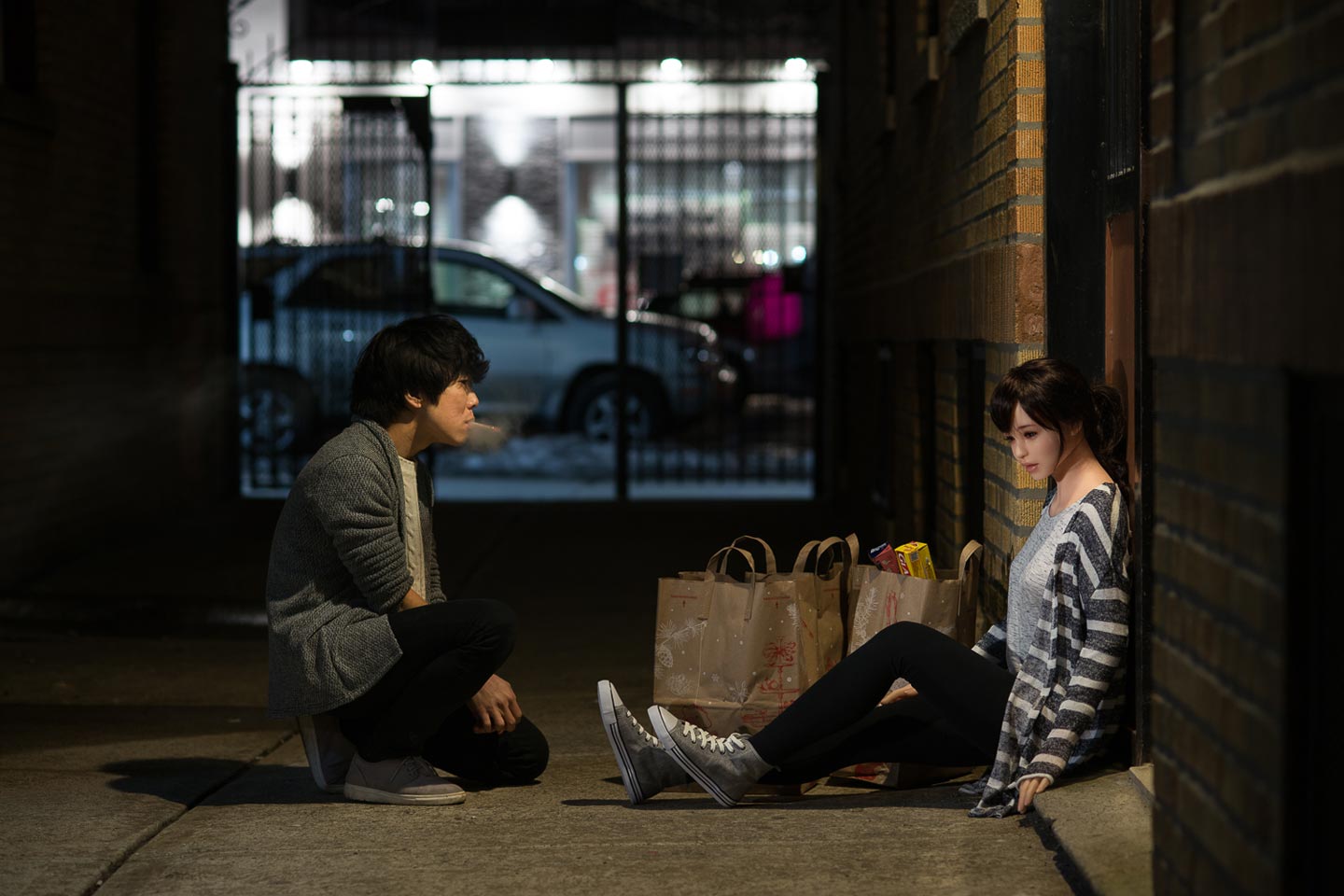
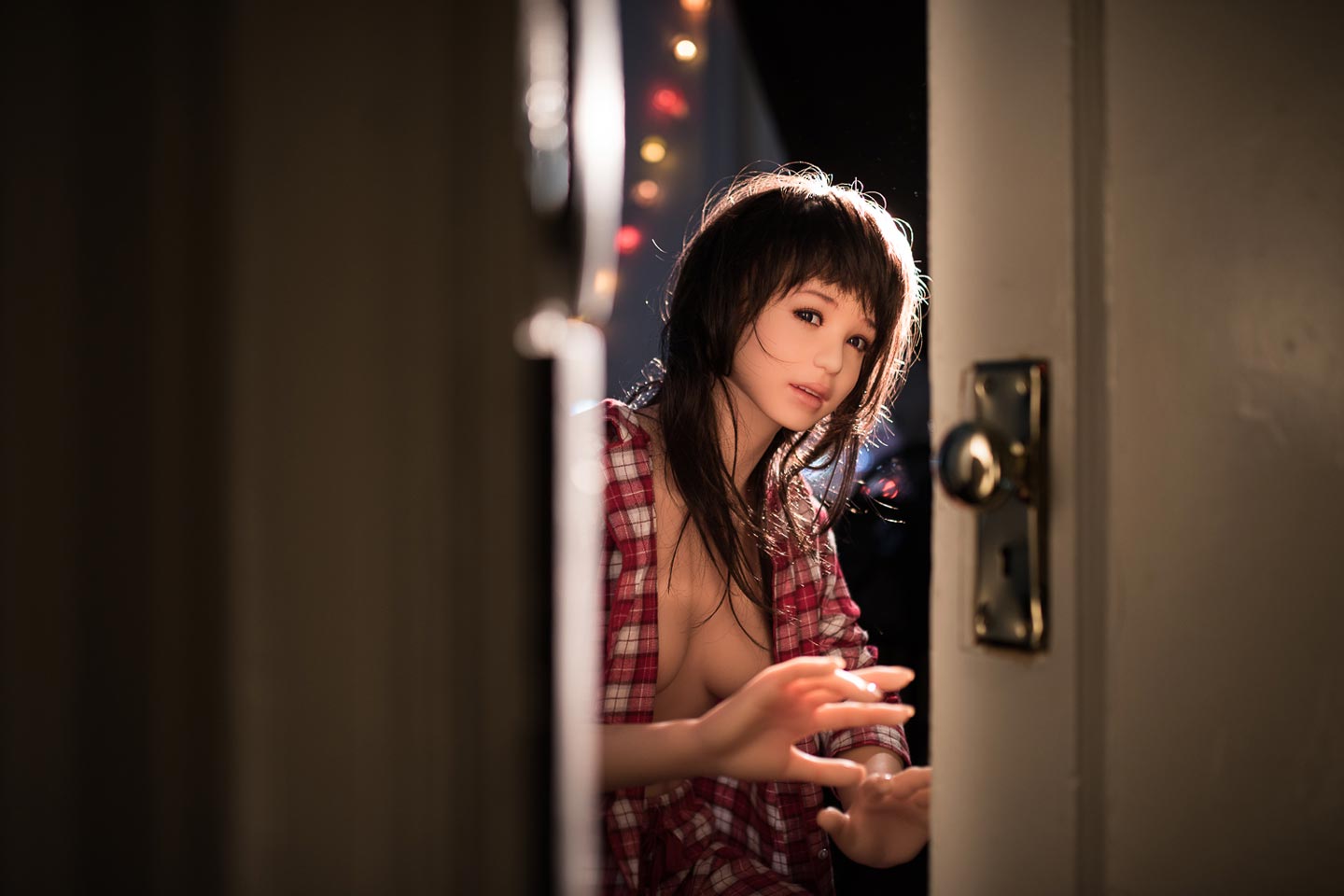
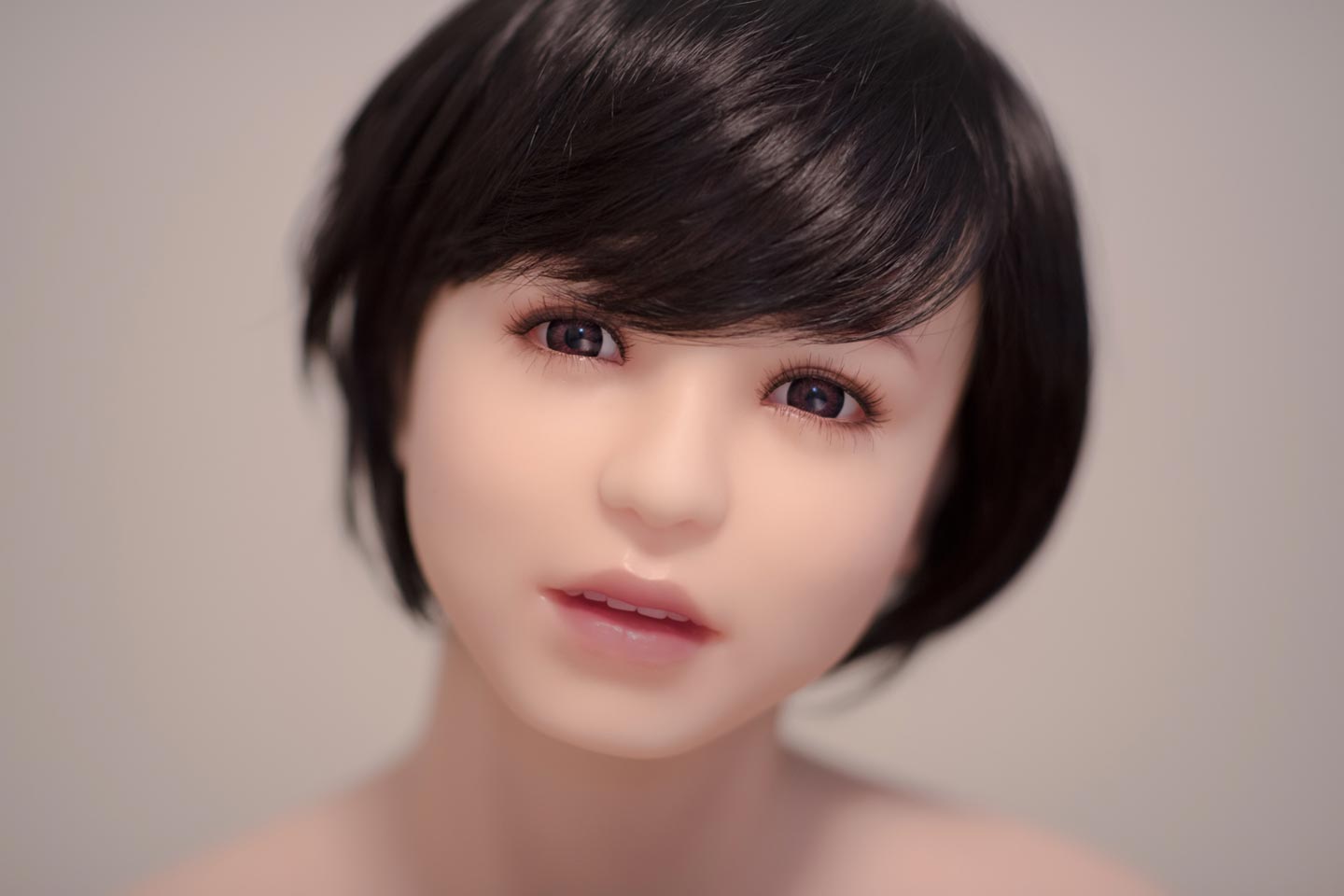
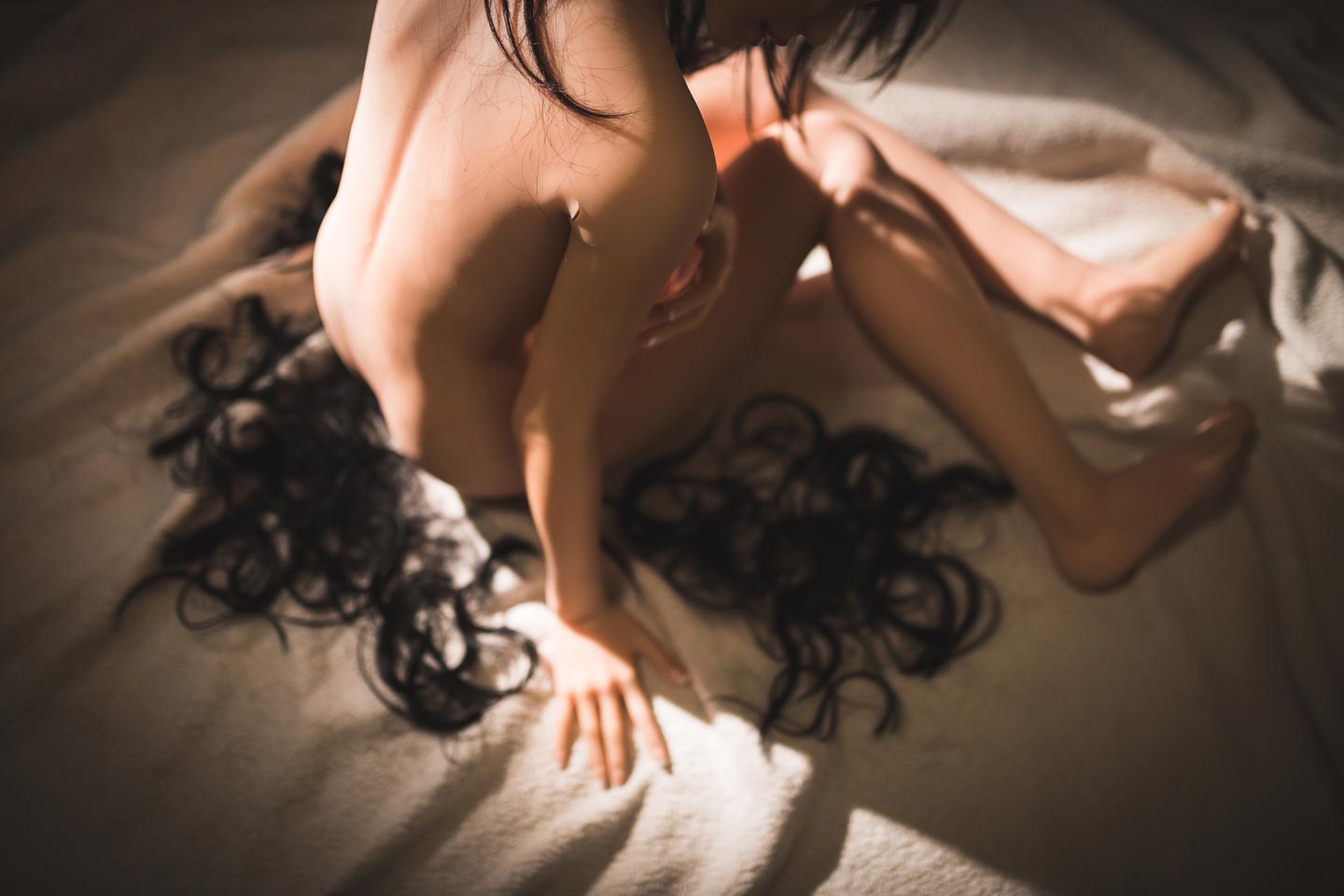
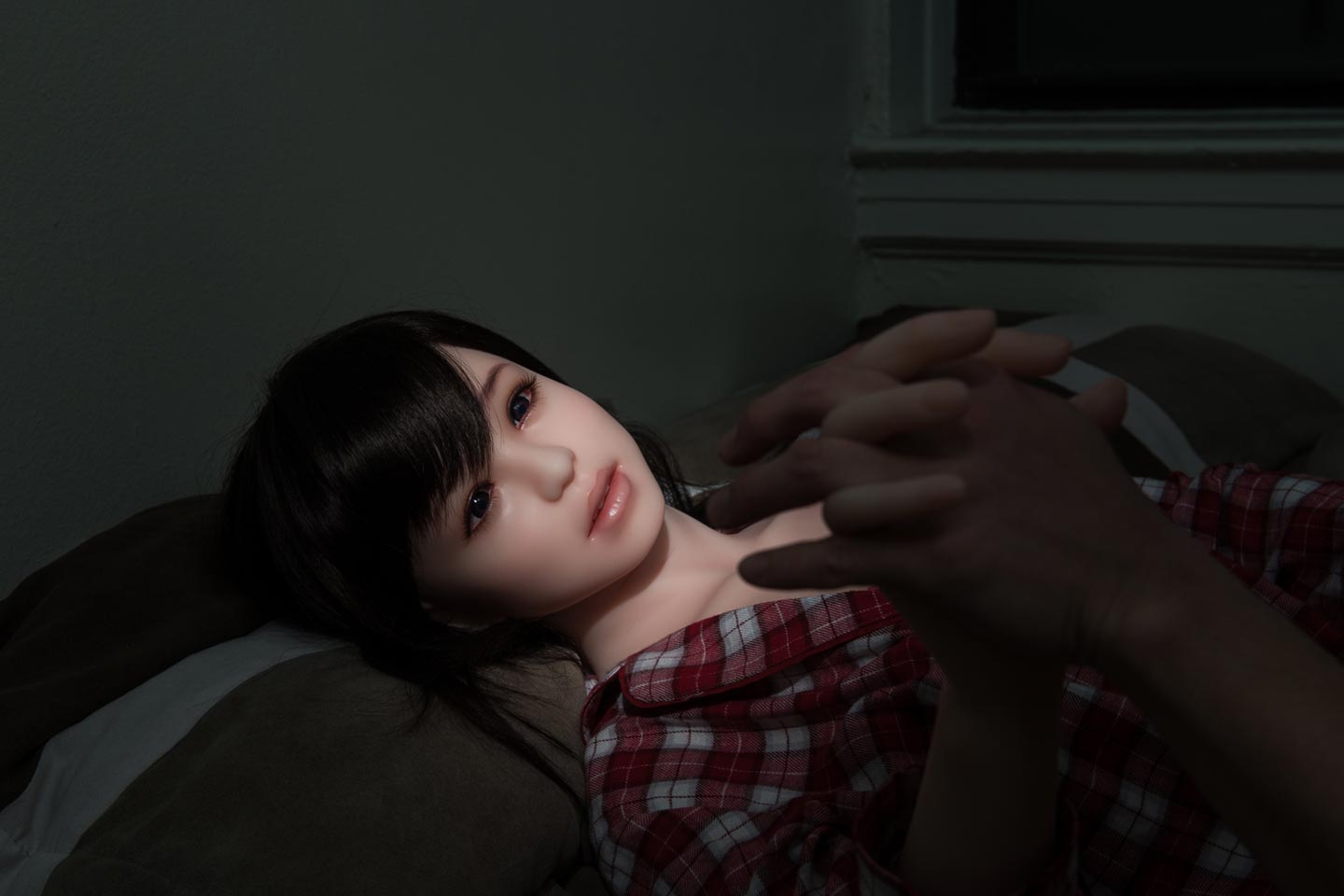
34 year-old South Korean photographer June Korea discusses Still Lives: Eva, a series of staged photographs which depict June’s imaginary relationship with a sex doll called Eva.
Hello June, thank you for this interview. What are your main interests as a photographer?
Hello, I’m really glad that I can introduce my stories via one of the magazines that inspire me the most! As a visual artist and storyteller, my main interest is delivering my constructed fantasy to my audiences using the universal visual languages – still and moving images.
What is Still Lives: Eva about, in particular?
Still Lives: Eva is a staged documentary of a man’s life living with a sex doll that I initiated in 2014. I actually began photographing “regular” dolls in 2001 to listen to their voices, and see their secret lives once again as I did in my childhood. And after a few years of inviting them into a photographic world I staged, I started asking myself, “Why do I really photograph dolls?”
It was loneliness. I know what people want, how to make them happy, and how to enjoy moments. I talk, drink, and sing with many people all the time. However, I find myself home alone when I wake up in my bed. I always face emptiness when I come home from work or parties. I feel lonely in the crowd. I feel the loneliest in my biggest moments of happiness. This is because I now am afraid of what comes next. I believed in eternity when I was an innocent child. I had faith that my family, friends, and love would go on forever and with me, as long as I did my best for them. However, people, moments, and memories I wanted to last forever have left, died, or disappeared, and I know the rest of them will do the same.
That loneliness is why I became interested in photographing dolls. I know human-like but inanimate objects are not going anywhere. But then I questioned myself again. “What if I create an artificial eternity? What if I give a doll a new birth, with a new identity? What if I make the one stay with me forever in the fantasy world I construct?” So I researched about life-size dolls to find one that would best resemble a human being: Eva was delivered to my studio on December 29th, 2014, shipped in a giant box.
How would you describe your relationship with Eva?
Many people ask if I do have the same “relationship” with her as my photographs show. I believe I am a creator, and this is a “constructed fantasy” that she and I build together. She does not have a real life in the real world where I live in – biologically, and technically. I am waiting for Google to implant AlphaGo into her. So I created an imagined world using the medium of photography, and gave birth to her. Photography works as a bridge that connects the real world “where I live” to the fantasy world “where we live”. In other words, our relationship happens in the fantasy world she and I live together.
What do you mean by “waiting for Google to implant AlphaGo into her”. What is AlphaGo, and how would it change Eva?
Well, that is a kind of joke – maybe 50% serious – I often make when I explain about the future of this project. AlphaGo is an A.I. program developed by Google DeepMind. The A.I. recently beat Sedol Lee – a South Korean professional Go [a board game] player – in a five-game Go match. I believe the ultimate goal for AlphaGo is to be implanted not into humans, but human-like beings. Sex dolls like Eva might be a good place to start. Technology evolves in unpredictable ways – we could see something like this in 5 or 10 years. I strongly believe art should be ready for the next generation and a new type of relationships, and to deal with new subjects related with our emotions, morals, and lives.
Can you talk a bit about your approach to Still Lives: Eva? What kind of images are you trying to create for this series?
I am basically mixing my experiences of my former/current relationships, emotions, and imaginations with the skills I’ve developed in the past 16 years. The photographs I create can be anything that can happen in our real life. Eva and I sleep and wake up together. We go shopping, dining, driving, and even travel together just like ordinary people do in their real lives. We laugh and cry, we feel happy and lonely just like all people living in our urban world.
Did you have any specific references or sources of inspiration in mind while working on Still Lives: Eva?
I collected a few references, but I haven’t had a look yet to avoid unconsciously copying someone else’s ideas or approaches before I hit a certain stage of the progress that I have planned.
How do you hope viewers react to your images?
Many people are interested in the project and my life because it has to do with such an uncanny subject matter they have rarely seen. However, Eva and I are metaphors – metaphors of our emotions and relationships with humans, cats, dogs, A.I.s, and people living in this lonely world. I hope viewers to find deeper meanings hidden underneath such metaphors, rather than just focusing on the subjects themselves. In the artificial eternity I constructed, I hope for myself and viewers who are struggling with different types of emotions everyday, that we can find more meaning by sharing stories of the solitude in our lives.
What have been the main influences on your photography?
Rather than tangible references/influences, emotions I experience through daily life, relationships, or environments become the main influences on my photography. I am converting those intangible influences into my own visual language. My photographs are sponges that absorb what I feel, and mirrors that reflect who I am.
Who are some of your favorite contemporary photographers?
My favorite photographers are actually working in completely different fields, and I enjoy their work because they do something I cannot do. The list includes Yousuf Karsh and James Nachtwey, and three of my great mentors: Elinor Carucci, Hugh Kretschmer and David Levinthal.
Choose your #threewordsforphotography.
Loneliness. Dream. Fantasy.
Keep looking...

Stonetown Diary — Jenny Hueston’s Lyrical Images Capture Life in Her Small Hometown

42 Wayne — Jillian Freyer Has Her Mother and Sisters Perform for the Camera

Catherine Hyland Captures the Touristification of China’s Barren Natural Landscapes
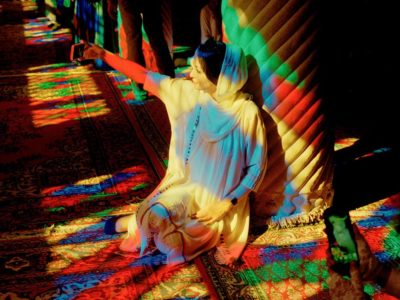
Ten Female Photographers You Should Know — 2020 Edition

FotoFirst — In Love and Anguish, Kristina Borinskaya Looks for the True Meaning of Love

Vincent Desailly’s Photobook The Trap Shows the Communities in Atlanta Where Trap Music Was Born
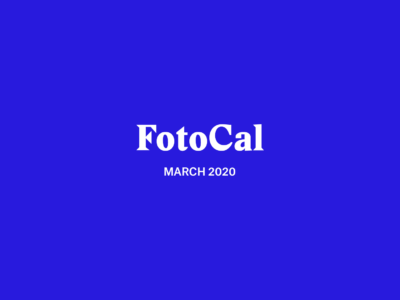
FotoCal — Photography Awards, Grants and Open Calls Closing in March 2020
